Hardly a generalist car brand can afford to be absent from a market segment that is worth almost 40% of the annual sales pie in Europe, which is why the French brand returns to the C-segment with the new Citron C4 it's more than natural.
In the last two years – since the end of Generation II production – it has tried to fill the gap with the C4 Cactus, which was more a big B-segment car than a true rival of Volkswagen Golf, Peugeot 308 and company.
It is, in fact, unusual that this absence since 2018 has occurred and, as if to prove the commercial potential of this model, the French brand hopes to win a place on the sales podium in this segment in Portugal (as surely in several countries of Mediterranean Europe).
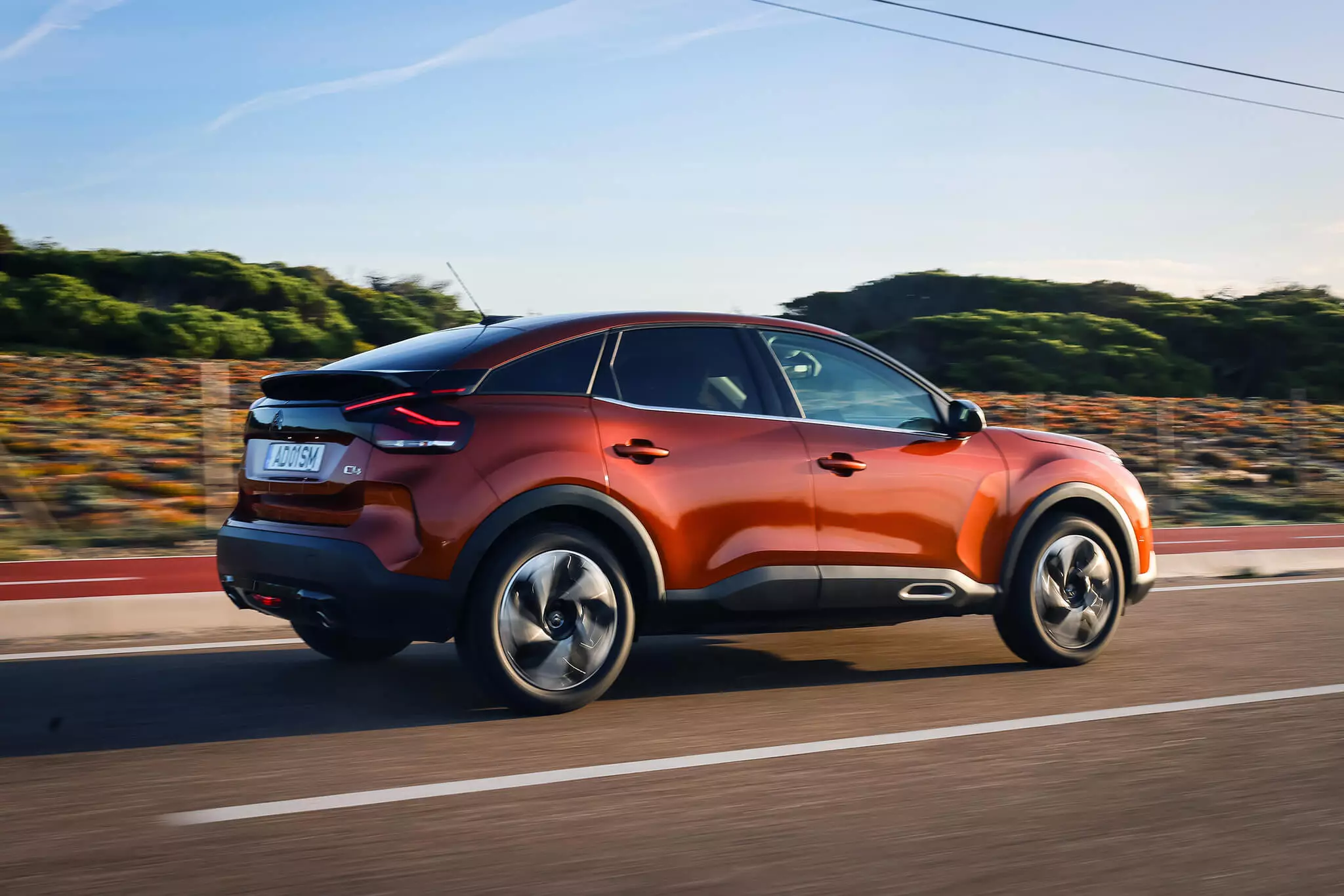
Visually, the new Citroën C4 is one of those cars that hardly generate indifference: you either like it a lot or you don't like it at all, being a very subjective aspect and, as such, not worthy of much discussion. Still, it's undeniable that the car has certain angles to the rear that recall some Japanese cars unappreciated in Europe, in a general line that combines crossover genes with those of a more classic saloon.
With a floor height of 156 mm, it is 3-4 cm longer than a regular saloon (but less than an SUV in this class), while the bodywork is 3 cm to 8 cm taller than that of the main competitors. This allows the entry and exit movement to be more of sliding in and out than actually sitting/standing, and it is also the highest driving position (in both cases, attributes that users tend to appreciate).
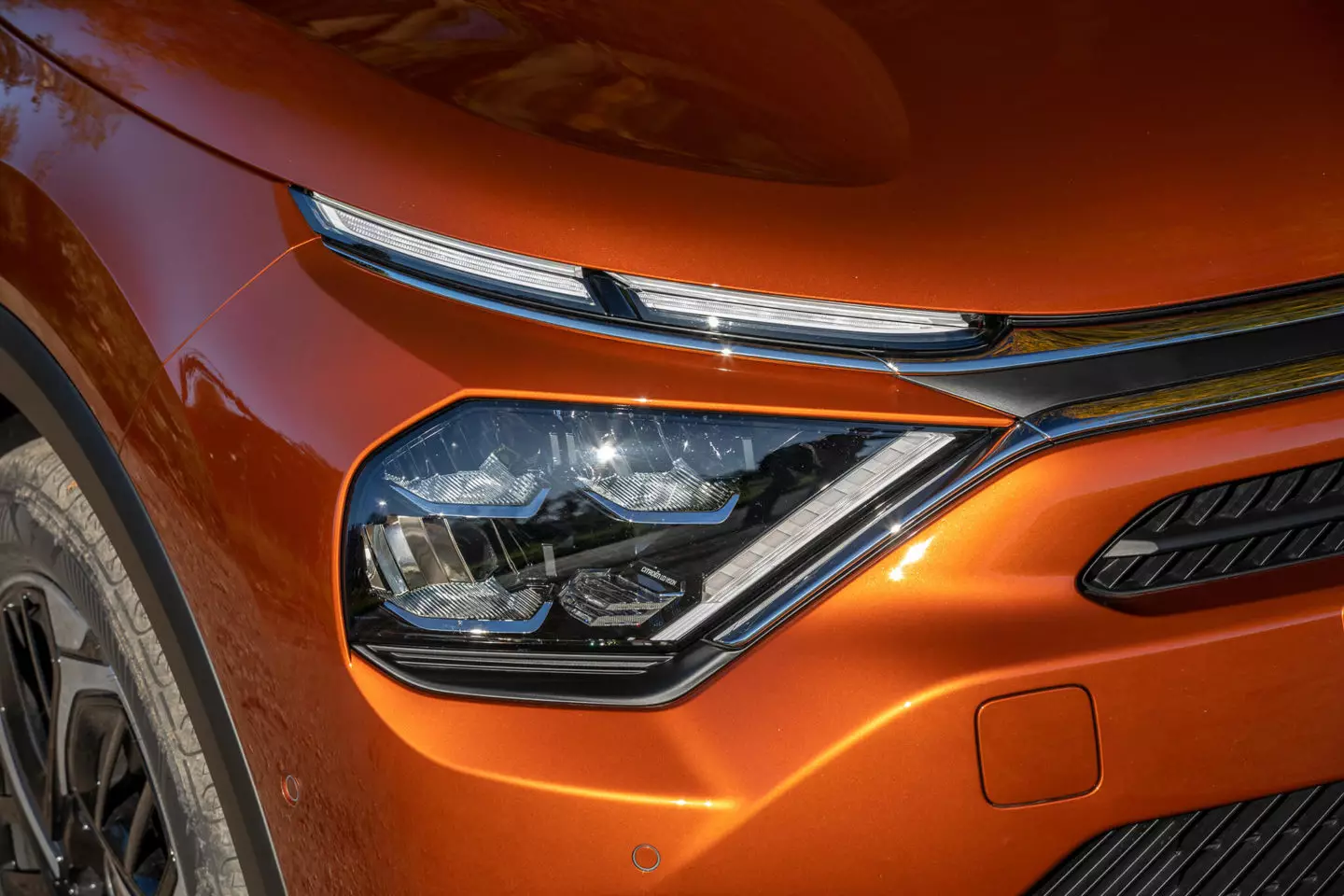
The rolling base of the new C4 is the CMP (the same as the “cousins” Peugeot 208 and 2008, Opel Corsa among other models in the Group), with the wheelbase being extended as much as possible to benefit from the habitability and create a silhouette of a saloon wide. In fact, as Denis Cauvet, technical director of the project for this new Citroën C4 explains to me, “the new C4 is the group's model with the longest wheelbase with this platform, precisely because we wanted to privilege its function as a family car”.
Increasingly important in this industry, this platform also allows the C4 to be one of the lightest cars in this class (from 1209 kg), which is always reflected in better performance and lower consumption/emissions.
Suspension "swallows" rebounds
The suspension uses an independent MacPherson layout on the front wheels and a torsion bar at the rear, again relying on the patented system that uses progressive hydraulic stops (in all versions except the range-access version, with 100 hp and manual transmission).
Subscribe to our newsletter
A normal suspension has a shock absorber, spring and mechanical stop, here there are two hydraulic stops on each side, one for extension and one for compression. The hydraulic stop serves to absorb/dissipate the accumulated energy, when a mechanical stop partially returns it to the elastic elements of the suspension, which means that it potentially reduces the phenomenon known as bounce.
In light movements, the spring and shock absorber control the vertical movements without the intervention of the hydraulic stops, but in the larger movements the spring and the shock absorber work with the hydraulic stops to reduce sudden reactions at the limits of the suspension travel. These stops made it possible to increase the suspension course, so that the car could pass more imperturbably over the irregularities of the road.
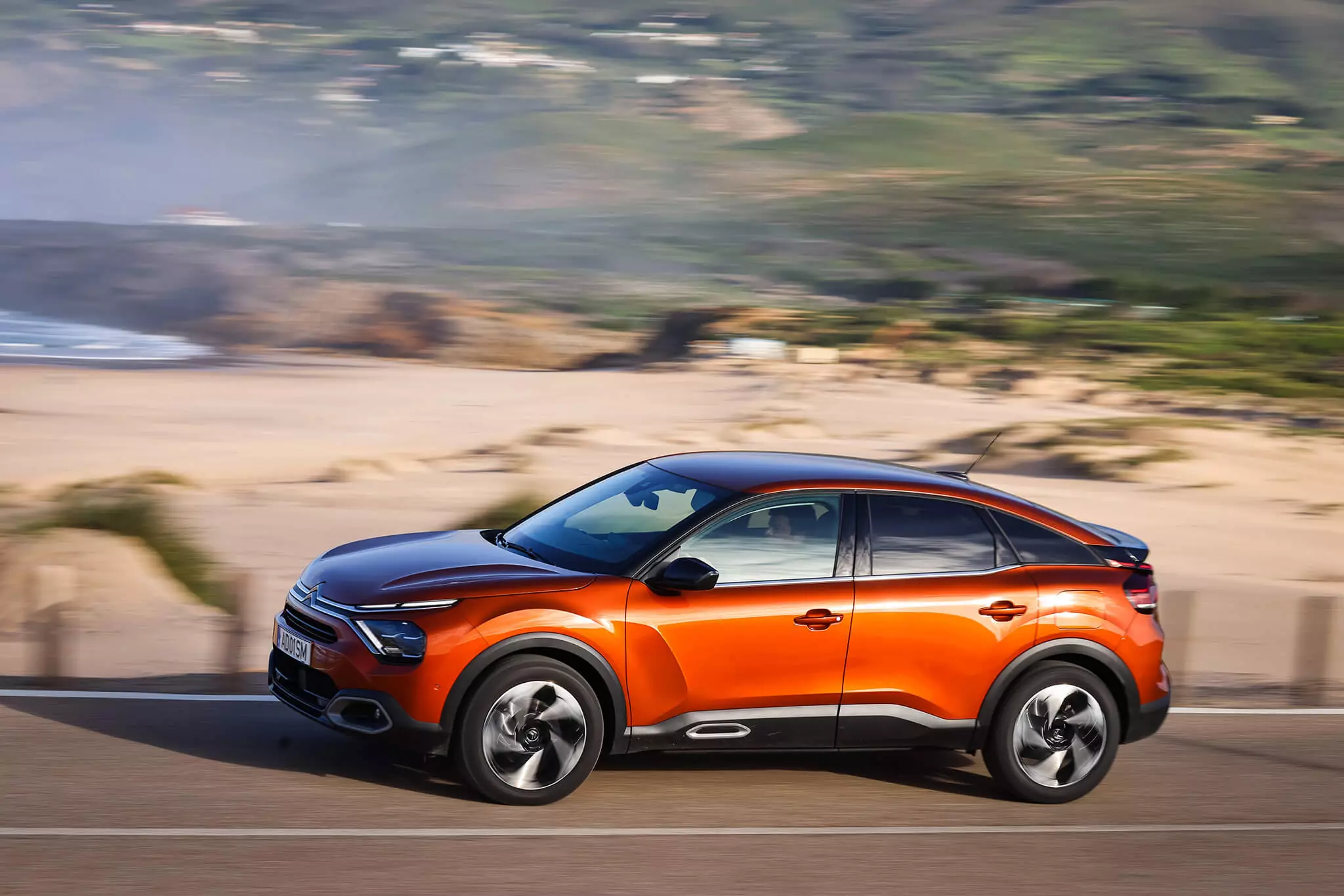
Known engines/boxes
Where there is nothing new is in the range of engines, with options for gasoline (1.2 l with three cylinders and three power levels: 100 hp, 130 hp and 155 hp), Diesel (1.5 l, 4 cylinders, with 110 hp or 130 hp ) and electric (ë-C4, with 136 hp, the same system used in other PSA Group models with this platform, in the Peugeot, Opel and DS brands). Combustion engine versions can be coupled with a six-speed manual gearbox or an eight-speed automatic (torque converter) gearbox.There was no international launch of the new C4, for reasons we all know. Which led Citroën to send two C4 units so that each European Car of the Year juror could make their assessment in time to vote for the first round of the trophy, since the arrival, for example, in the Portuguese market just happens in the second half of January.
For now, I have focused on the engine version with the most potential in our country, the 130 hp gasoline, although with an automatic transmission, which should not be the most popular choice as it increases the price by 1800 euros. I'm not fond of the exterior lines of the new Citroën C4, but it's undeniable that it has personality and manages to combine some crossover features with other coupe ones, which could earn it more favorable opinions.
Quality below expectations
In the cabin I find positive and negative aspects. The design/presentation of the dashboard is not profoundly wrong, but the quality of the materials is not convincing, either because hard-touch coatings predominate throughout the top of the dashboard (instrumentation flap included) — here and there with a light, smooth film trying to improve the final impression — whether because of the appearance of some plastics and the lack of linings in the storage compartments.
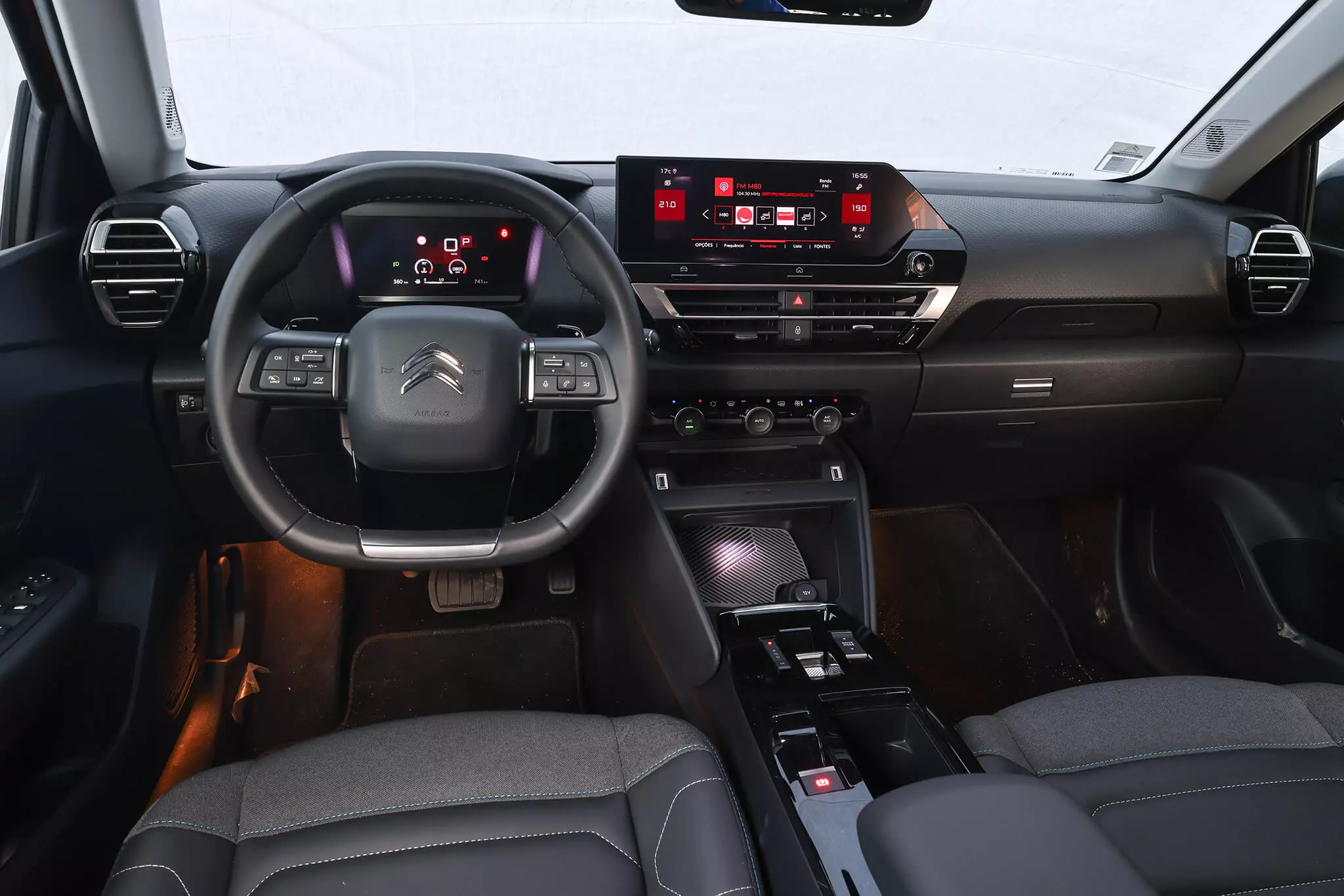
The instrument panel looks poor and, being digital, it is not configurable in the sense that some competitors are; the information it presents may vary, but Grupo PSA knows how to do better, as we see in the most recent Peugeot models, even in lower segments, as in the case of the 208.
It is good that there are still physical buttons, such as those for the climate control, but it is not clear why the button on and off the central touchscreen (10”) is so far away from the driver. It is true that it also serves to adjust the volume of the sound and that the driver has two keys for this purpose on the face of the new steering wheel, but then, being in front of the front passenger…
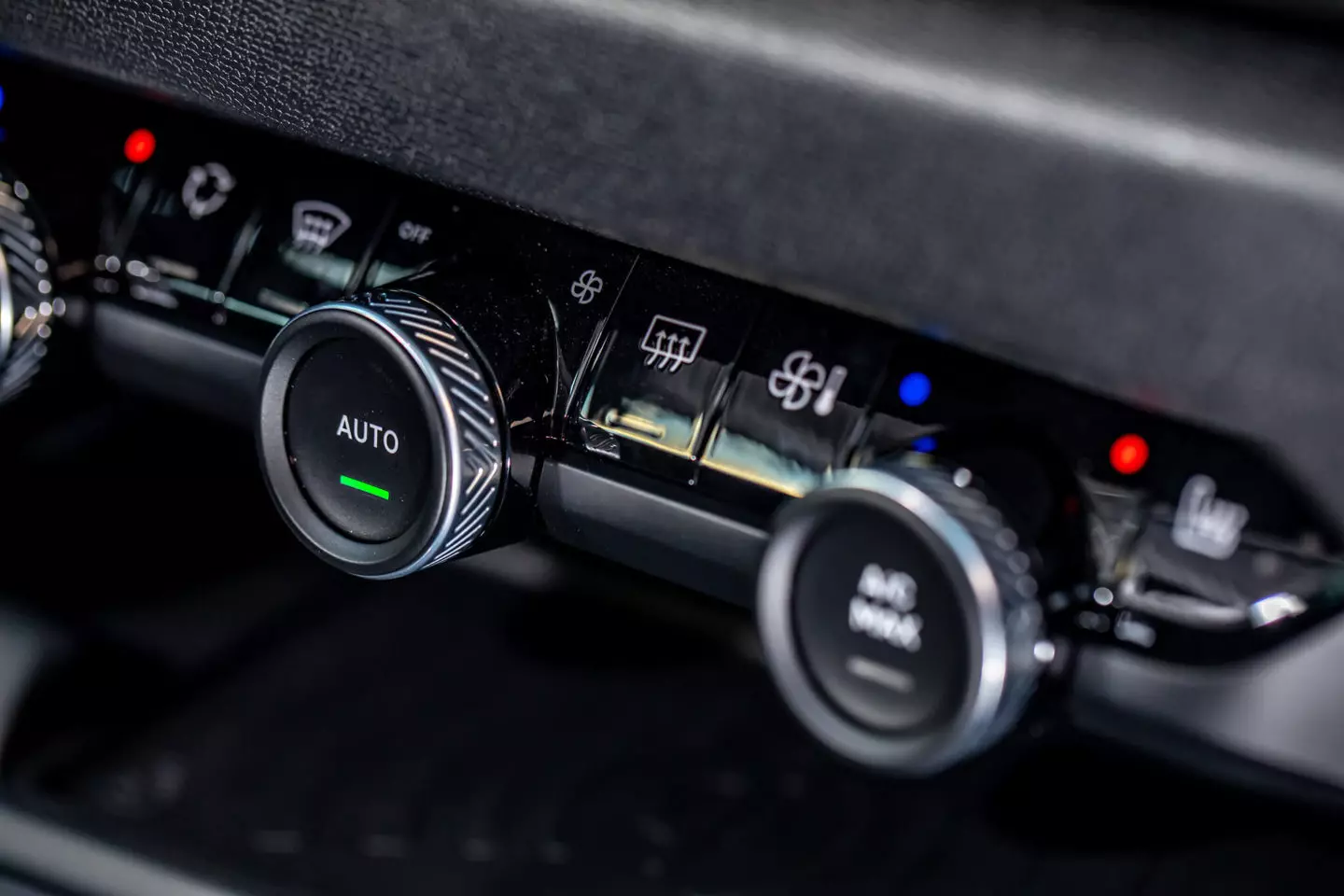
Much better is the number and size of places to store objects, from the large pockets on the doors to the large glove compartment, to the tray/drawer on top and the slot for placing a tablet above this tray.
Between the two front seats (very comfortable and wide, but which cannot be covered in leather unless simulated) there is the electric “handbrake” button and the gear selector with the Drive/Rear/Park/Manual positions and, on the right, the choice of driving modes (Normal, Eco and Sport). Whenever you change modes, don't get impatient when waiting more than two seconds, as long as you select it until this action takes effect — it's like that in all PSA Group cars...
Lots of light but poor rear visibility
Another criticism is the rear view from the interior mirror, as a result of the steeply angled rear window, the inclusion of an air deflector in it and the large width of the rear body pillars (the designers tried to limit the damage by putting in a third side windows, but those behind the wheel cannot see around because they are covered by the rear headrests). The best option is the parking assistance camera, the 360º vision system and the blind spot monitoring in the rearview mirror.
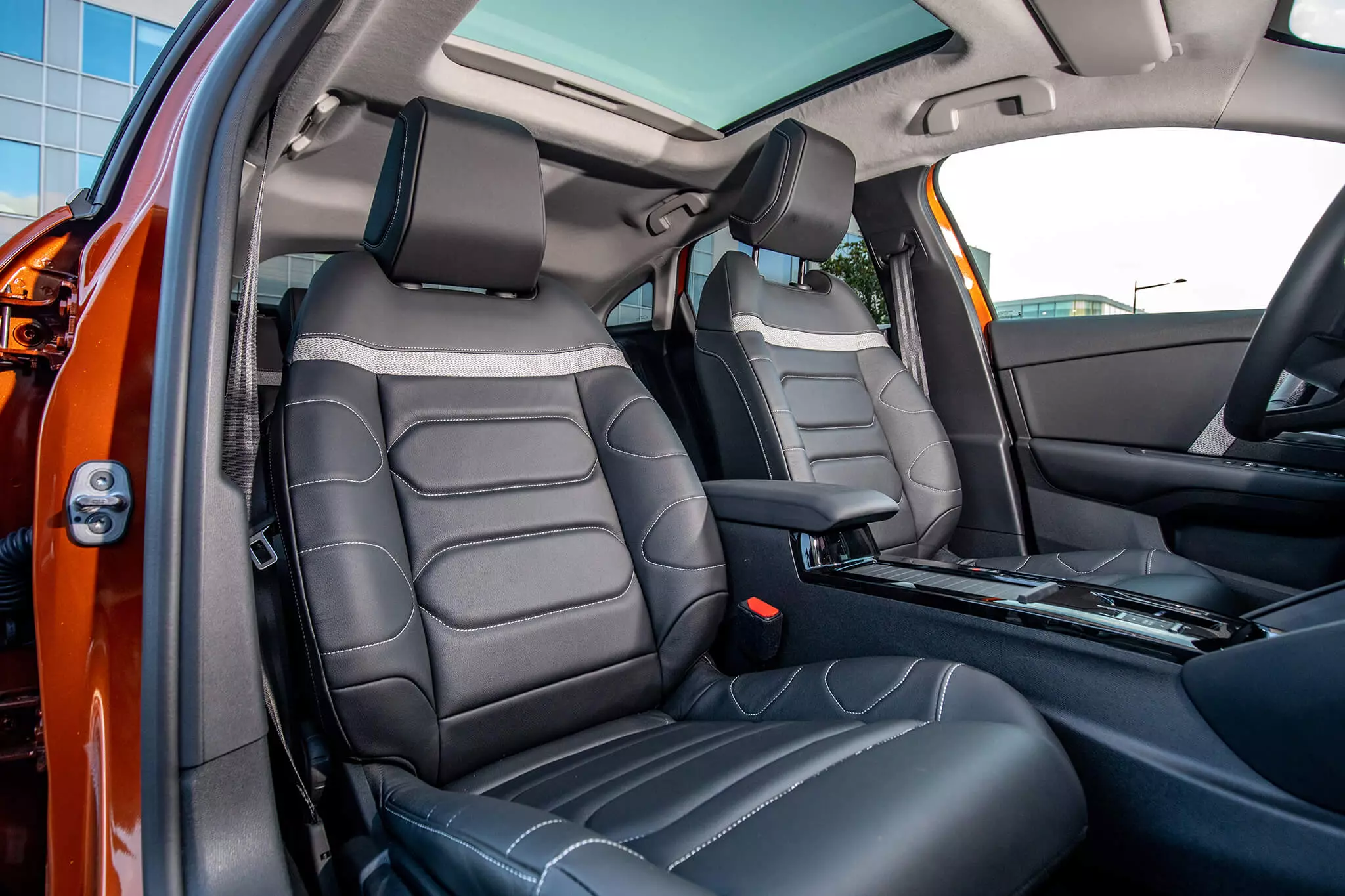
The luminosity in this cabin deserves frank praise, especially in the version with panoramic roof (the French talk about 4.35 m2 of glazed surface in the new C4).
Space behind convinces
In the back seats, the impressions are more positive. The seats are taller than the front ones (causes the appreciated amphitheater effect for those who travel here), there are direct ventilation outlets and the floor tunnel in the center is not very big (wider than it is tall).
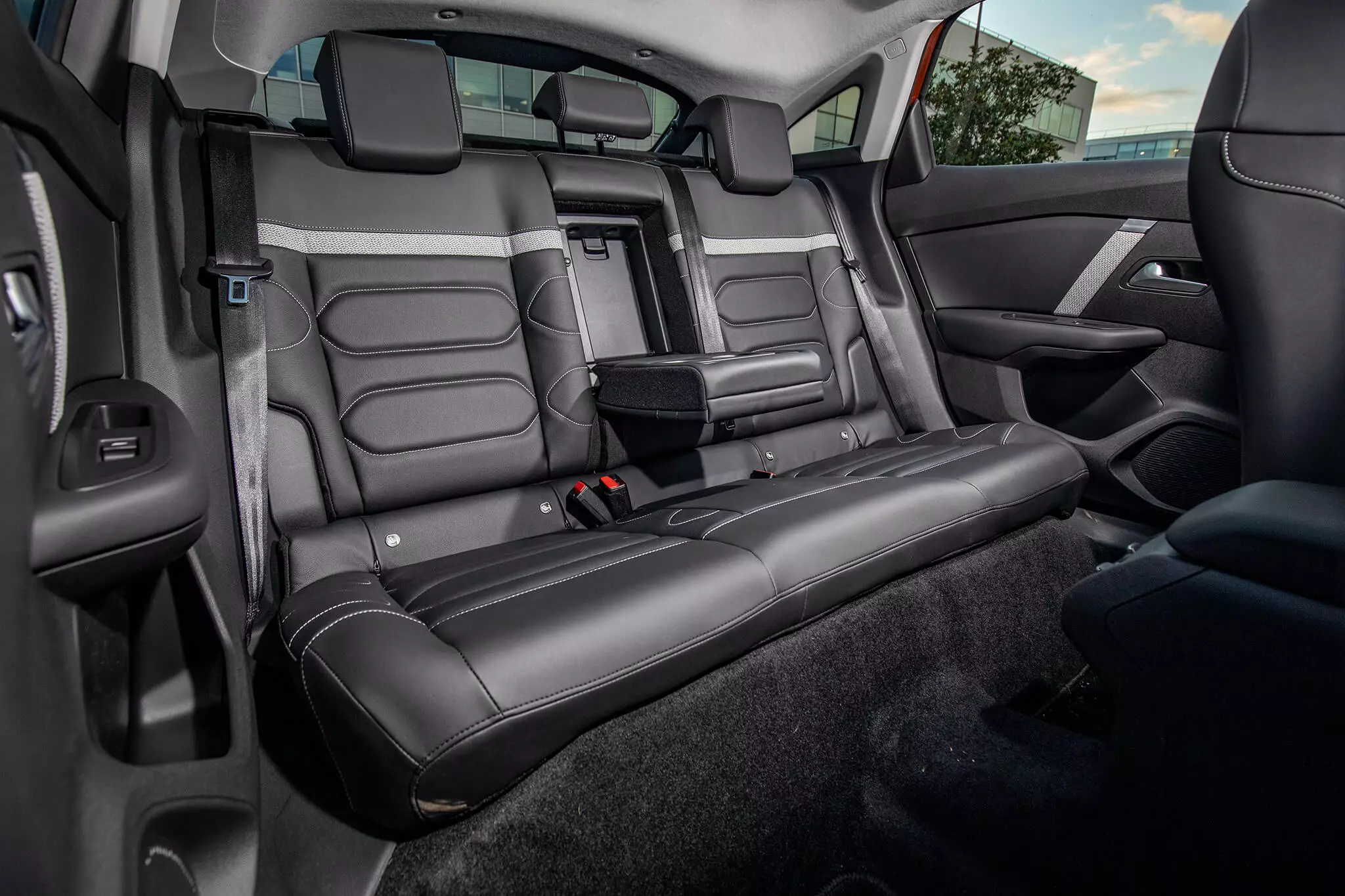
This 1.80 m tall passenger still has four fingers separating the crown from the roof and the leg length is really very generous, the best in this class (the wheelbase is 5 cm longer than the Peugeot 308 , for example, and this is noted). In width it doesn't stand out so much, but three elegant occupants can continue their journey without major constraints.
The luggage compartment is easily accessible through the large rear gate, the shapes are rectangular and easily usable, and the volume can be increased by the asymmetric folding of the second row seat backs. When we do this, there is a removable shelf to make the floor of the luggage compartment that allows you to create a completely flat cargo floor if mounted in the highest position.
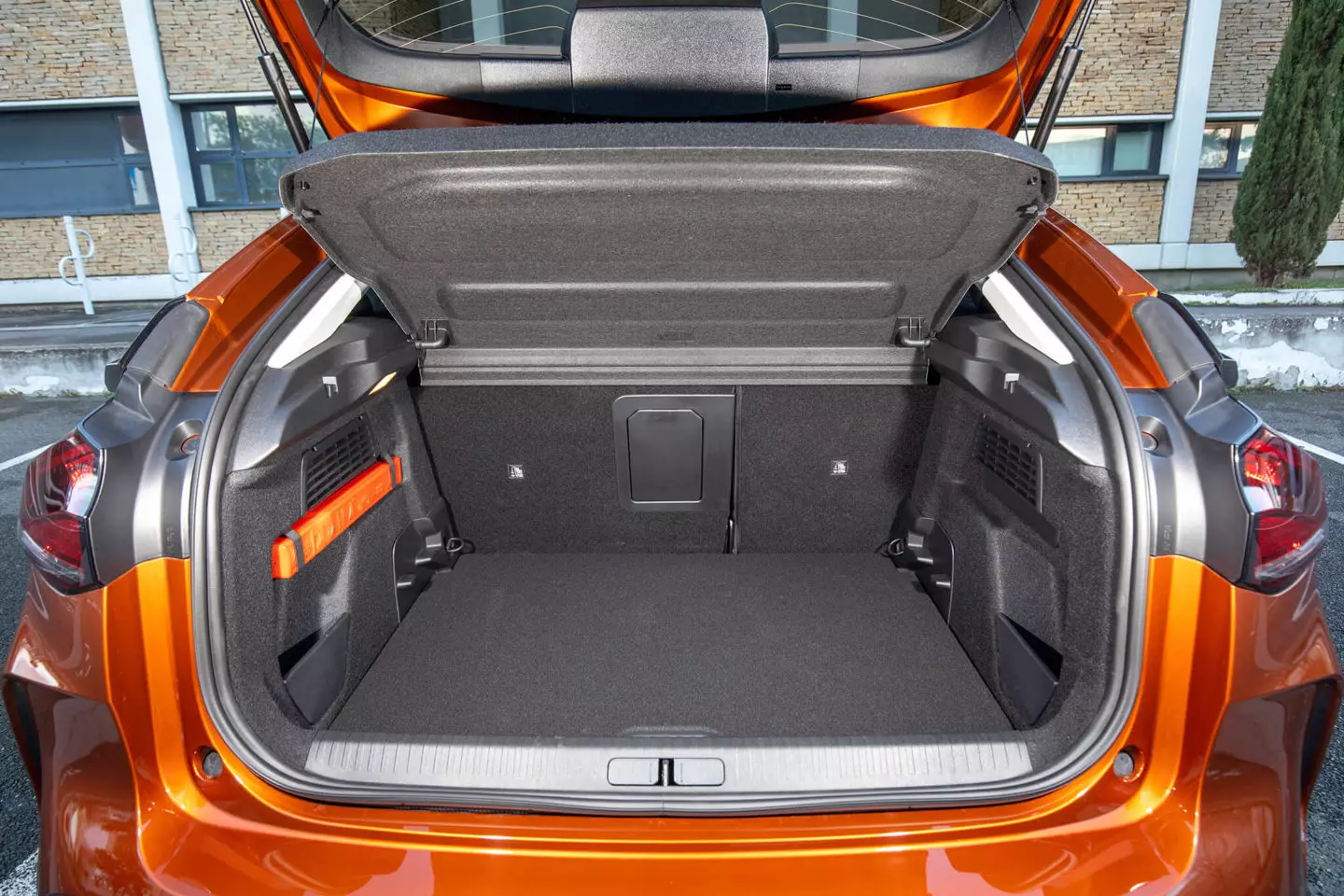
With the rear seats raised, the volume is 380 l, equal to that of rivals Volkswagen Golf and SEAT Leon, larger than the Ford Focus (by five liters), Opel Astra and Mazda3, but smaller than the Skoda Scala, Hyundai i30, Fiat Like, Peugeot 308 and Kia Ceed. In other words, a volume on the average for the class, but lower than one would expect taking into account the proportions of the Citroën C4.
Small engine, but with “genetic”
These three-cylinder engines from the PSA Group are known for their “genetic” from relatively low revs (the congenital low inertia of the three-cylinder blocks only helps) and here the 1.2 l 130 hp unit once again scored points. Above 1800 rpm it “gives up” quite well, with the car's contained weight favoring acceleration and speed recovery. And only above 3000 rpm the acoustic frequencies become more typical of a three-cylinder engine, but without bothering.
The eight-speed automatic transmission with torque converter leaves the C4 very well served in this field, being smoother and more progressive in response than most dual clutches, which are normally faster but with less positive aspects as we will see later. On highways I noticed that the aerodynamic noises (generated around the front pillars and the respective mirrors) are more audible than would be desirable.
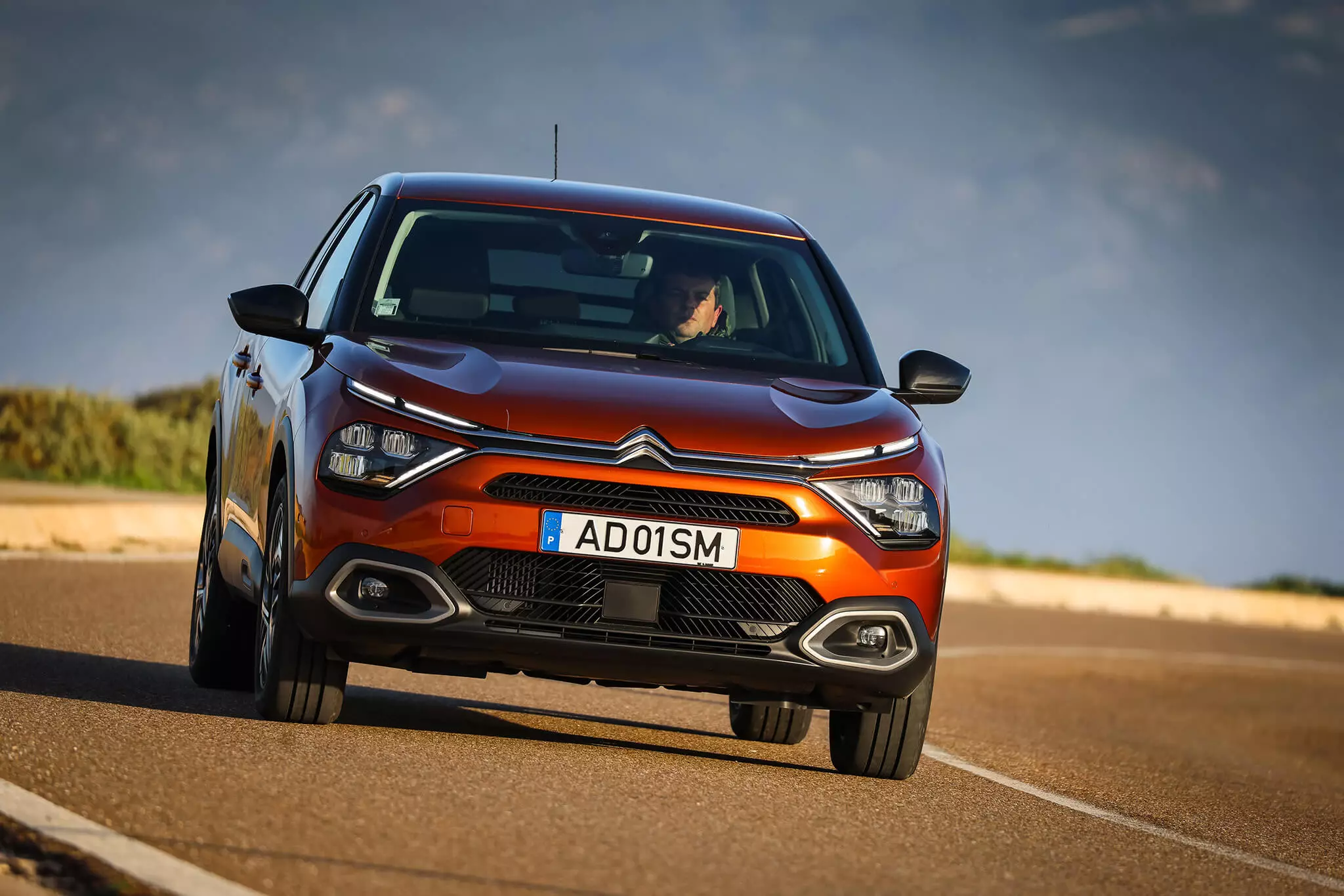
A benchmark in comfort
Citroën has a tradition in rolling comfort and with these new shock absorbers with double hydraulic stops, it once again scored points. Bad floors, irregularities and bumps are absorbed by the suspension, which transfers less movement to the occupants' bodies, although in high frequency requests (a bigger hole, a taller stone, etc.) a somewhat drier response is felt than it would be. to wait.
Given all this comfort on normal roads, we must accept that stability is not a reference in this segment, noticing that the bodywork adorns curves when driving faster, but never to the point of causing seasickness like on the high seas, certainly not in this case of a quiet family with a sufficient motorization to perform this function.
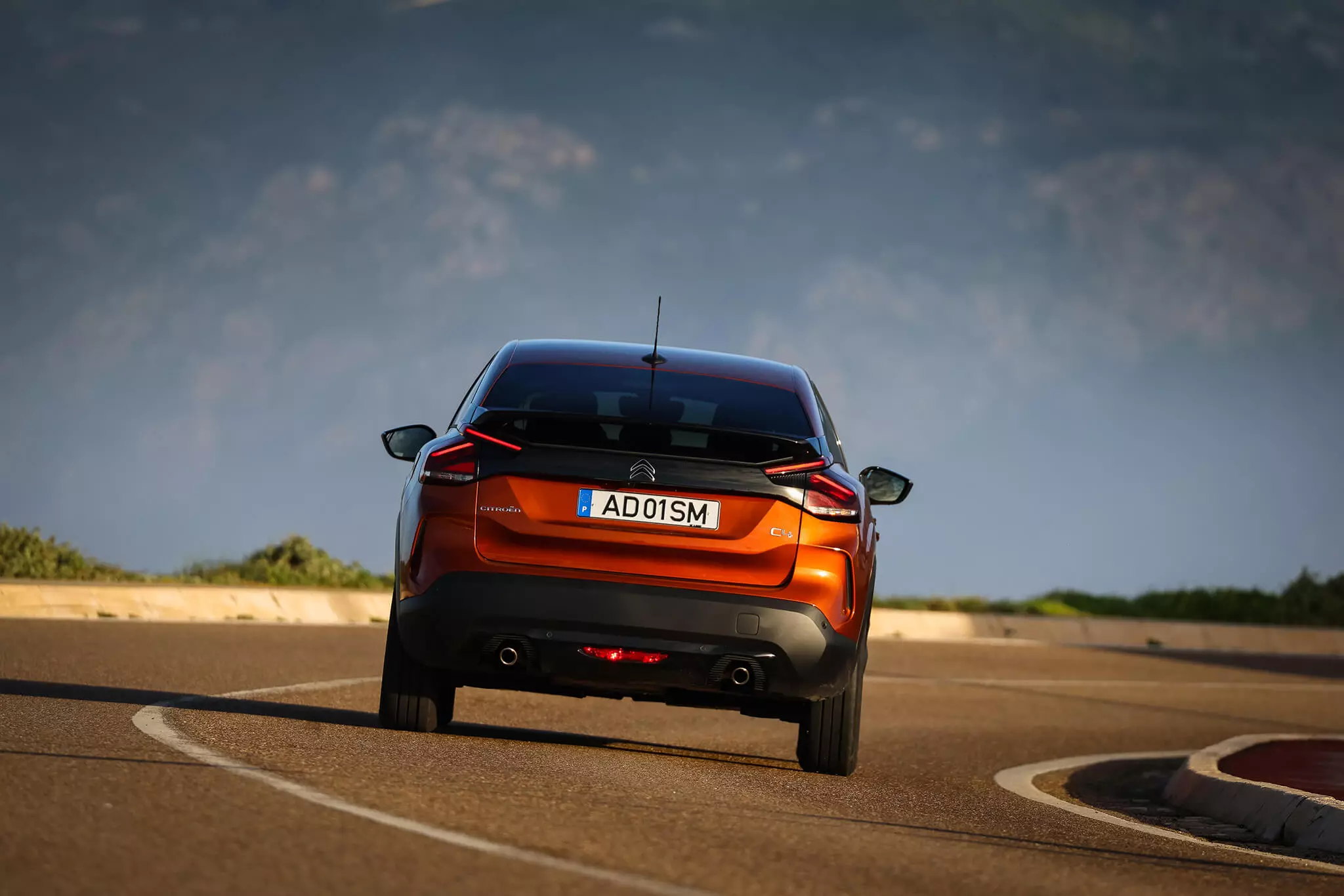
The steering responds accurately q.s. (In Sport it becomes a little heavier, but this doesn't gain in fluid communication with the driver's hands) and the brakes are not faced with challenges they are not prepared to respond to.
The consumption I registered was much higher than advertised — almost two liters more — but in the case of a first and shorter contact, where abuses on the right pedal are more frequent, a more correct assessment will have to wait for a contact. longer.
But even looking at the official numbers, the higher consumption (0.4 l) could be a point against the choice of automatic teller machines. This version of the new Citroën C4 with the EAT8 is more costly, as it always is with torque converter mechanisms, as opposed to double clutches. Besides being more expensive and slowing down the car: half a second at an acceleration from 0 to 100 km/h, for example.
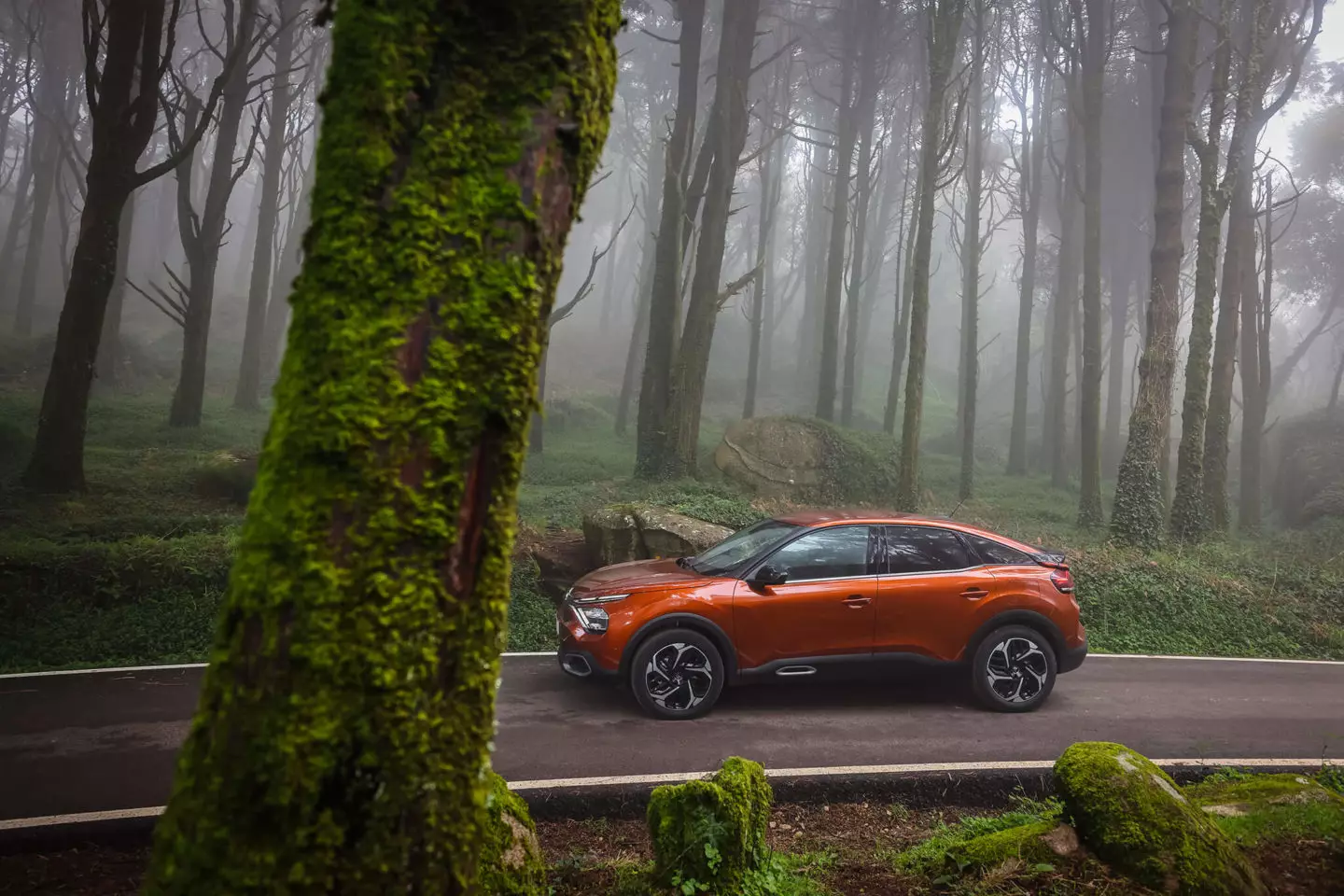
Technical specifications
| Citroën C4 1.2 PureTech 130 EAT8 | |
|---|---|
| MOTOR | |
| Architecture | 3 cylinders in line |
| Positioning | Front Cross |
| Capacity | 1199 cm3 |
| Distribution | 2 ac, 4 valves/cyl., 12 valves |
| Food | Injury direct, turbo, intercooler |
| power | 131 hp at 5000 rpm |
| Binary | 230 Nm at 1750 rpm |
| STREAMING | |
| Traction | Forward |
| Gear box | 8 speed automatic, torque converter |
| CHASSIS | |
| Suspension | FR: MacPherson; TR: Torsion bar. |
| brakes | FR: Ventilated discs; TR: Disks |
| Direction/Diameter Turning | Electrical assistance; 10.9 m |
| Number of turns of the steering wheel | 2.75 |
| DIMENSIONS AND CAPACITIES | |
| Comp. x Width x Alt. | 4.36 m x 1.80 m x 1.525 m |
| Between axles | 2.67 m |
| trunk | 380-1250 l |
| Deposit | 50 l |
| Weight | 1353 kg |
| Wheels | 195/60 R18 |
| BENEFITS, CONSUMPTION, EMISSIONS | |
| Maximum speed | 200 km/h |
| 0-100 km/h | 9,4s |
| Combined consumption | 5.8 l/100 km |
| Combined CO2 emissions | 132 g/km |
